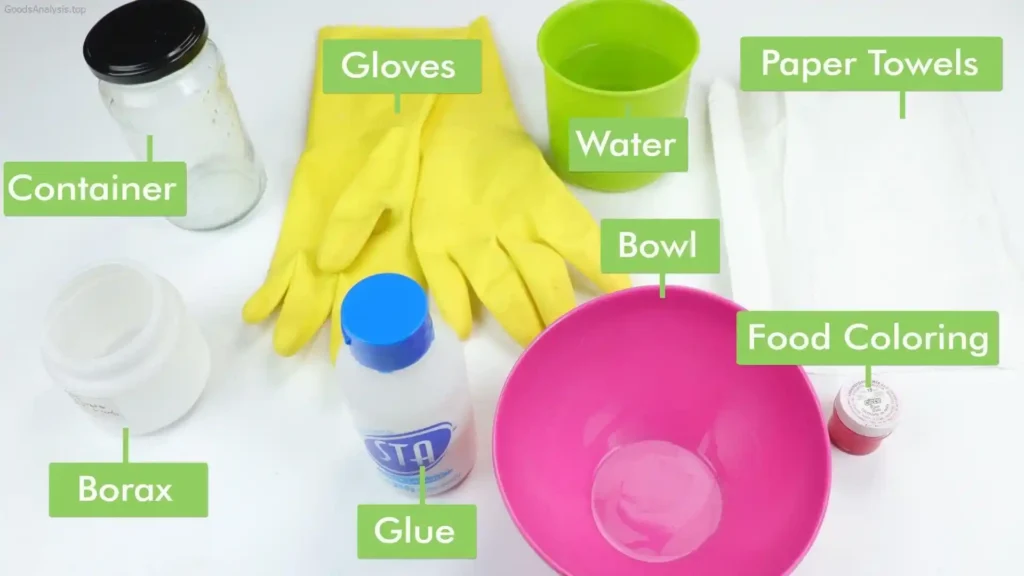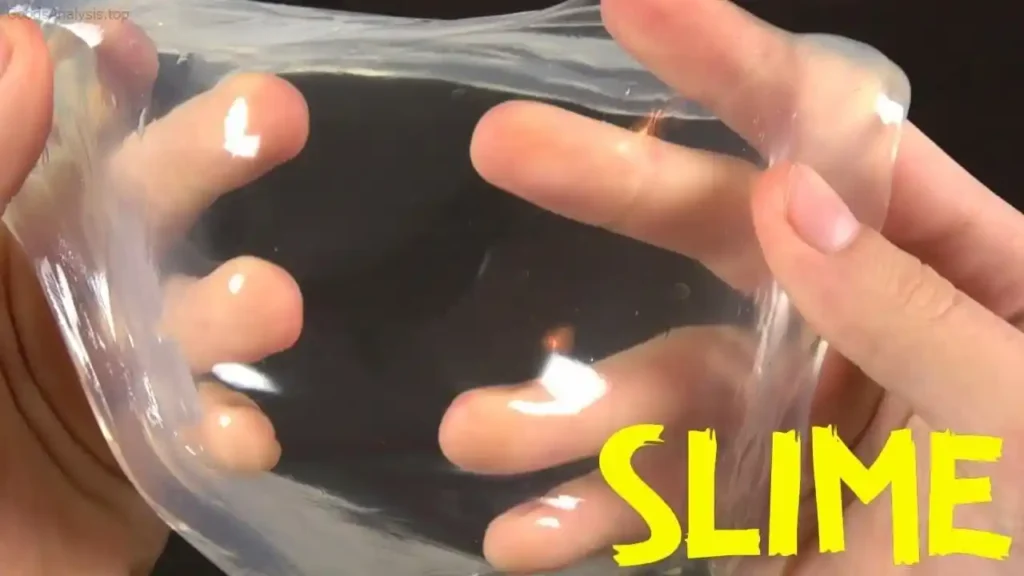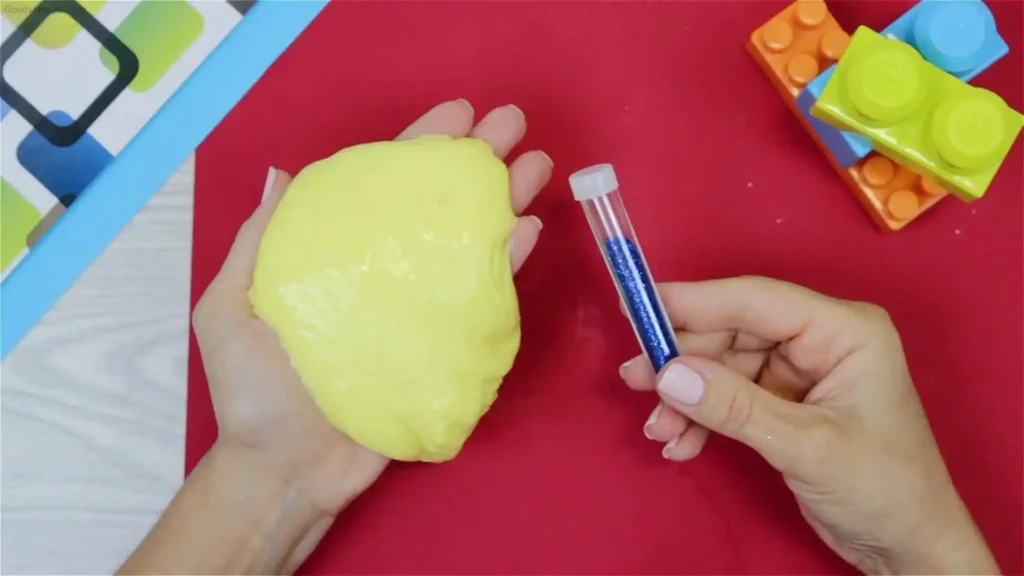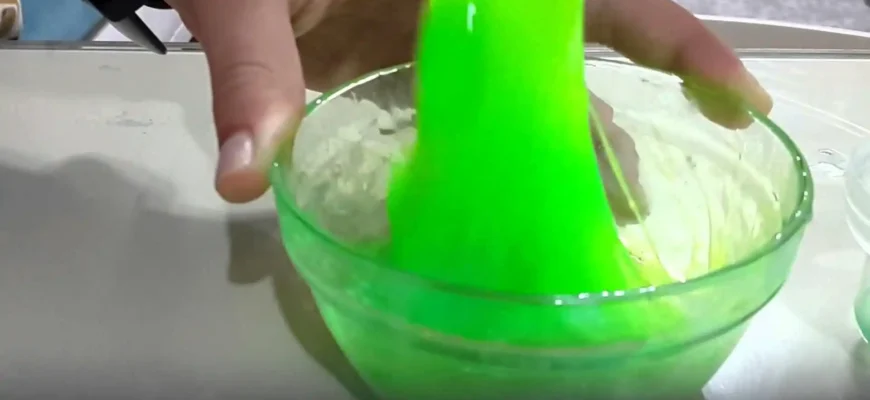Making slime is a popular DIY activity enjoyed by people of all ages. It’s fun, sensory, and can even be educational. But what if you don’t want to use glue in your slime recipe? Maybe you’re out of glue, looking for a safer alternative, or just trying to explore a different approach. Don’t worry—it’s absolutely possible to make slime without glue, and this guide will walk you through different methods, their pros and cons, and how to make them at home.
Before we dive into the how-to’s, it’s important to remember that slime-making, even without glue, is a messy affair. You may want to protect your work surface and wear old clothes. But once you’re ready, let’s explore the world of no-glue slime!
Why Make Slime Without Glue?
There are a few reasons why you might choose to make slime without glue:
- Allergies or Sensitivities: Some people are sensitive or allergic to the chemicals in commercial glues, especially PVA (polyvinyl acetate). Non-glue slimes may be a safer option for those individuals.
- Environmental Concerns: Traditional glue can be harmful to the environment. Making slime with natural or biodegradable materials reduces your ecological footprint.
- Non-toxic and Kid-Friendly: Slime-making with safe, household ingredients like cornstarch, baking soda, or even edible ingredients ensures that the slime is safe for younger children or pets.
- Cost-Effective: You may not have glue on hand but likely have the ingredients for no-glue slime lying around in your kitchen.
Materials Needed for No-Glue Slime
The materials vary depending on the type of slime you want to make, but here are some common ingredients that work well without the need for glue:
- Cornstarch: A popular option for making a simple, smooth slime texture.
- Baking Soda: Often used in combination with other ingredients like contact solution or saline solution.
- Shampoo and Baking Soda: An interesting and popular method that results in stretchy slime.
- Psyllium Husk Powder: This creates a gel-like substance that can be used to make a slime-like texture.
- Gummy Bears: Yes, it’s true! Melted gummy bears can make a fun, edible slime.
- Flour and Water: A basic but effective recipe.
- Shaving Cream: This can add a fluffy texture to your slime when mixed with other ingredients like baking soda or corn starch.
How to Make Slime Without Glue: Simple Recipes
1. Cornstarch Slime (Oobleck)
Oobleck is a classic no-glue slime made with cornstarch and water. It’s simple to make, and the resulting slime behaves both as a liquid and a solid depending on how you handle it.
What You’ll Need:
- 1 cup of cornstarch
- 1/2 cup of water (add more if necessary)
- Food coloring (optional)
Instructions:
- Mix the cornstarch and water together in a bowl.
- Stir slowly, adding more water or cornstarch if needed to achieve the desired consistency.
- You should be able to form a solid with your hands, but it will drip and ooze if you stop moving it.

Pros:
- Super simple.
- Easily washable.
- Safe and non-toxic.
Cons:
- Messy (so be sure to cover surfaces).
- Won’t keep for long; it’s best used fresh.
2. Shampoo and Baking Soda Slime
This recipe uses common household products to create a stretchy, fun slime with a more “gel-like” consistency.
What You’ll Need:
- 1/2 cup of shampoo (choose a thick variety for best results)
- 1/4 cup of baking soda
- 1 tablespoon of salt
- Food coloring (optional)
Instructions:
- Mix the shampoo and baking soda in a bowl.
- Gradually add salt, mixing it in until the texture begins to thicken.
- Once it becomes thick and stretchy, knead it with your hands until it reaches your desired consistency.
Pros:
- Soft, squishy, and fun to play with.
- Easy to make and doesn’t require special ingredients.
- Can be scented based on the shampoo you use.
Cons:
- Can become too sticky if not enough baking soda is added.
- Can be less stretchy than traditional slime made with glue.

3. Psyllium Husk Slime
This method involves psyllium husk powder, which is often used in fiber supplements. When mixed with water and heated, it turns into a gooey, stretchy substance similar to slime.
What You’ll Need:
- 1 teaspoon of psyllium husk powder
- 1 cup of water
- Food coloring (optional)
Instructions:
- Combine the psyllium husk and water in a microwave-safe bowl.
- Microwave the mixture for 2 minutes, stirring halfway through.
- Allow it to cool. You’ll notice that it turns into a gel-like slime.
Pros:
- Unique, and the slime is safe to handle.
- Great for those looking for a more “natural” slime alternative.
Cons:
- Requires heating, which may not be ideal for younger kids.
- Slightly more expensive than some other ingredients.
4. Gummy Bear Slime (Edible)
If you’re looking for a truly edible slime experience, you can melt gummy bears and turn them into a slime-like texture.
What You’ll Need:
- 1/2 cup of gummy bears (any flavor)
- 1 tablespoon of cornstarch (optional)
Instructions:
- Place the gummy bears in a microwave-safe bowl.
- Heat them in the microwave for 30-second intervals, stirring in between until they are fully melted.
- If the mixture is too sticky, add a little cornstarch.
- Let it cool slightly before using.
Pros:

- Completely edible and safe.
- Can be flavored and colored however you like.
Cons:
- Doesn’t last long and may become hard over time.
- Might be too sticky, so you may need extra cornstarch to handle it.
Tips and Considerations
- Avoid Excessive Heat: When making slime with ingredients like gummy bears or psyllium husk powder, heat carefully. Overheating can cause your slime to become too thick or even burn.
- Storage: Slime made with natural ingredients like cornstarch or flour doesn’t last as long as glue-based slime. Store your slime in an airtight container, and it’s best used within a few days.
- Skin Sensitivity: If you or your child have sensitive skin, test the slime on a small area first. Most of the ingredients are non-toxic, but individual reactions can vary.
- Mess Factor: Slime is notorious for being messy. Make sure to cover work surfaces and wear old clothes. Clean-up is often easier when done right away, before the slime dries.
- Safety: Always supervise children, especially younger ones, while making and playing with slime. Some ingredients, like small parts or powders, can be a choking hazard if not handled correctly.
Real-Life Opinions on No-Glue Slime
Here’s what a few people from around the world had to say about making slime without glue:
- Sofia, 32, Brazil (Mother of two): “I started making slime with my kids because it’s a great way to teach them about science. Cornstarch slime is the easiest, and it’s safe for my youngest who has a sensitivity to some glues.”
- David, 48, USA (Elementary School Teacher): “Shampoo and baking soda slime has been a hit in my classroom. It’s safe, quick to make, and can keep the kids entertained for hours. They love the texture!”
- Lina, 25, India (DIY Enthusiast): “I prefer the psyllium husk slime. It’s unique and I like that it’s natural. I’ve used it for crafting and sensory activities, and I even made a few videos for my YouTube channel.”
- Pedro, 53, Spain (Grandfather): “I’ve made a lot of slime with my grandkids, and while I prefer the traditional glue recipe, we’ve also tried cornstarch and water. It’s fun, but it doesn’t last as long. Still, the kids enjoy it!”
- Yuki, 19, Japan (College Student): “I tried gummy bear slime for fun, and it’s hilarious! It’s edible, so we had a snack after playing with it, which made it even more fun. Just don’t expect it to last long.”
Final Thoughts
Making slime without glue can be a fun and creative way to enjoy this classic DIY project, and it’s a great alternative for those looking for non-toxic, environmentally friendly, or budget-friendly options. Whether you go for cornstarch, psyllium husk, or even the gummy bear variety, there’s no shortage of slime options to explore. Just be sure to follow the instructions carefully, keep safety in mind, and be prepared for a little mess. Happy slime-making!









